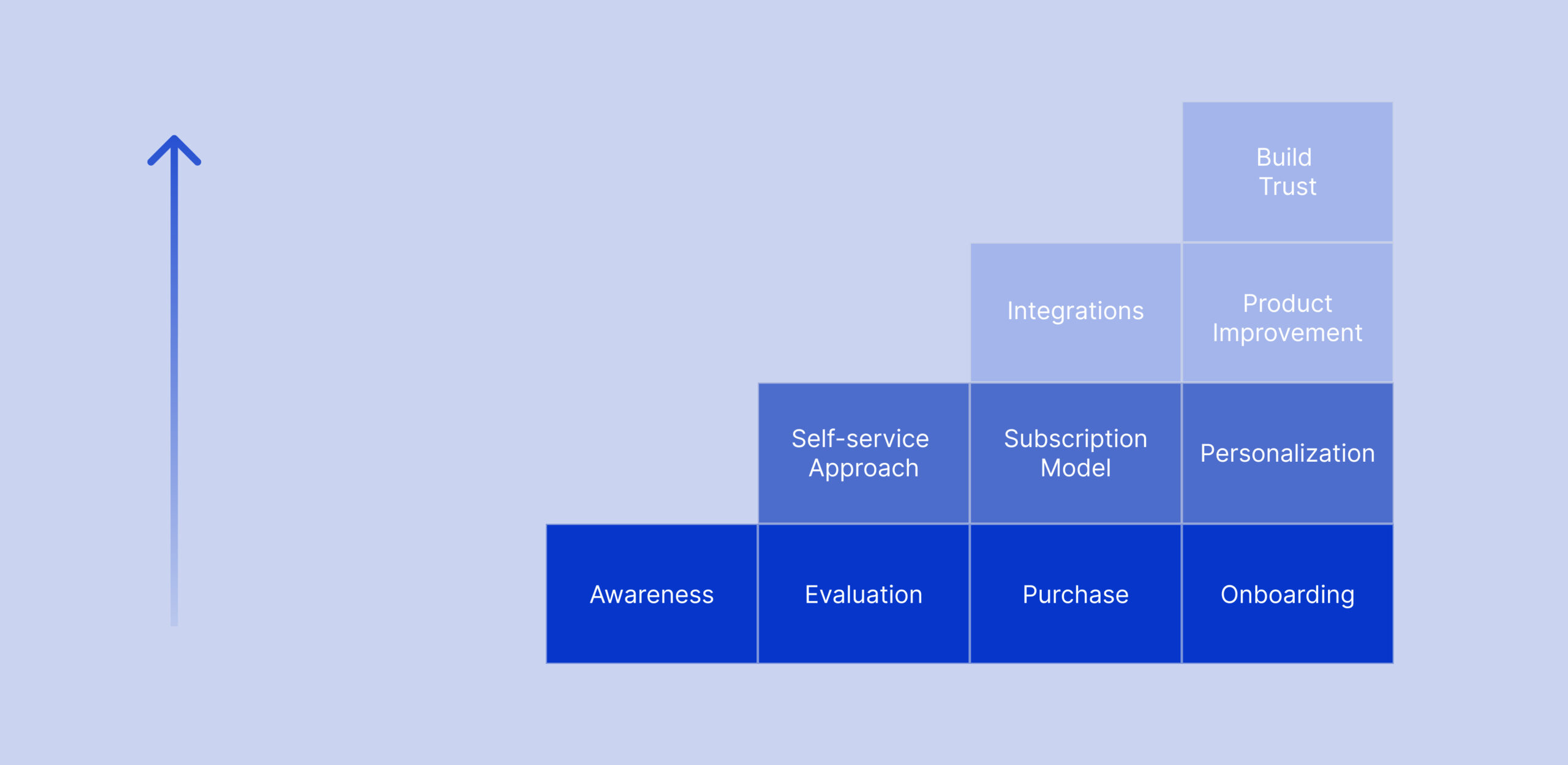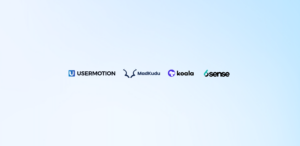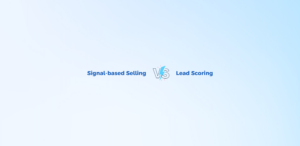In the digital ecosystem, the prominence of SaaS (Software-as-a-Service) companies is undeniable.
The appeal of cloud-based services has grown rapidly, with SaaS capturing a major chunk of the software market.
But like any journey towards success, building and scaling a SaaS venture comes with its set of challenges.
SaaS represents over 50% of the overall software market.
Such dominance in the industry suggests tremendous potential, but it also signifies increased competition.
So, the critical question is, how can you grow your SaaS company, make it stand out, and maintain growth in this crowd?
What is SaaS growth?
In the simplest of terms, SaaS growth is all about how your software-as-a-service (SaaS) product or company expands, scales, and thrives.
It refers to a set of sales and marketing endeavors and strategies for customer acquisition, retention, and growing the limits of your SaaS.
Think more customers, increased revenue, or even better user engagement. It’s the magical formula of attracting new users while ensuring your current ones are head-over-heels in love with what you offer.
There, SaaS growth is made out of organic and paid marketing and sales strategies, that are specifically performed to acquire leads and convert them into paying customers.
Why’s it a big deal? Well, everyone’s on the hunt for the next big thing. If your software isn’t growing, adapting, and captivating, it might just become yesterday’s news. And nobody wants that, right?
Growth isn’t just numbers—it’s about evolving and shining brighter every day.
6 SaaS Growth Strategies
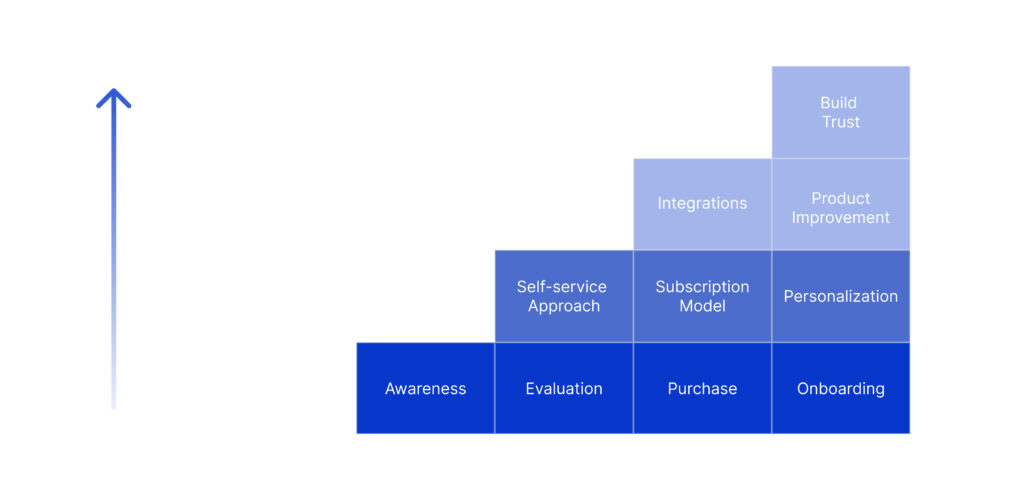
1. The self-service approach is key to SaaS growth 🗝️
Today’s trend includes a purely self-service approach.
Users no longer want to wait for any support team. Or they are tired of automated messages generated by artificial intelligence that often do not offer a solution to your problem.
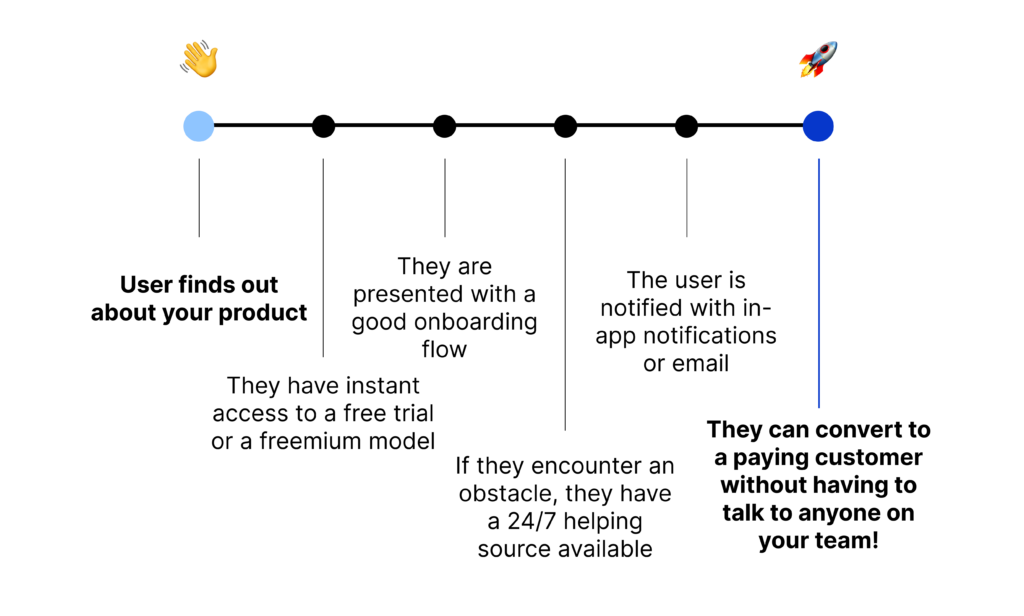
Your users should be able to use your product without support from the support team.
All you have to do is make participation easy. Include clear instructions to make it easy for users to use your software. Also, include sources of information for potential problems users may encounter.
Of course, users cannot resolve every issue by themselves. But your focus is on creating the resources users may need and making them accessible.
In this way, you will be able to reduce many of your expenses, including team building costs, to support users, and build SaaS growth.
Here’s what you need to know in bullet points about being user-centric (aka embracing a self-service approach)
- Product-Led Growth: Let your product be the hero. Make it the primary guide for users. If they can find their way around and solve minor issues using the product itself, you’re on the right track.
- Clear Instructions: A seamless user experience. Provide easy-to-follow guidelines, tooltips, or walkthroughs that illuminate the path, ensuring that even a newbie feels like a pro.
- Rich Information Sources: Foresee potential blockers users might face and prevent them with resources – e.g., FAQs, knowledge bases, or how-to videos.
- Predictive Lead Scoring: By analyzing user behaviors and data, predictive lead scoring can spotlight those users most likely to convert. This allows you to prioritize and engage these high-potential leads and improve their self-service experience.
- Prioritize Revenue-Generating Actions: Not all user actions have the same impact on your bottom line. Recognize and focus on those activities that directly influence your SaaS company growth.
- Support When Essential: While self-service is golden, there will always be moments when human intervention becomes crucial. For such instances, ensure your support team is accessible, efficient, and trained to handle complex questions.
2. The power of connection: Integrations ⛓️
One of the most important advantages that SaaS products offer to their users is that they integrate and work in harmony with different products and services.
As you know, integrations mean that different products and services communicate with each other, share data, and save time for users by shortening long processes.
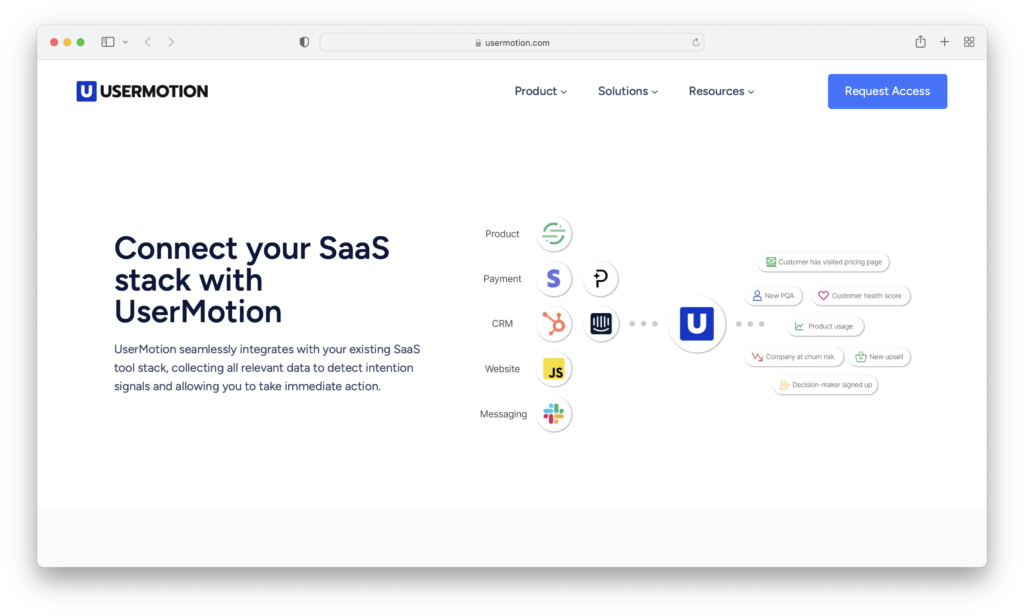
Imagine using three different applications and manually transferring data between them. That would be pretty slow. I’m not even counting the possibility of making mistakes.
Create integrations for associated products and services in your domain. You can increase overall efficiency and productivity by providing seamless integration between your SaaS application and other software and systems.
3. One of the SaaS growth strategies is building trust between you and your customers 🤝
Users use your product by sharing perhaps their most important data with your product. You are solely responsible for the security of this data and information. Security should be one of your top priorities if you want to build a trusting relationship with your users right from the start.
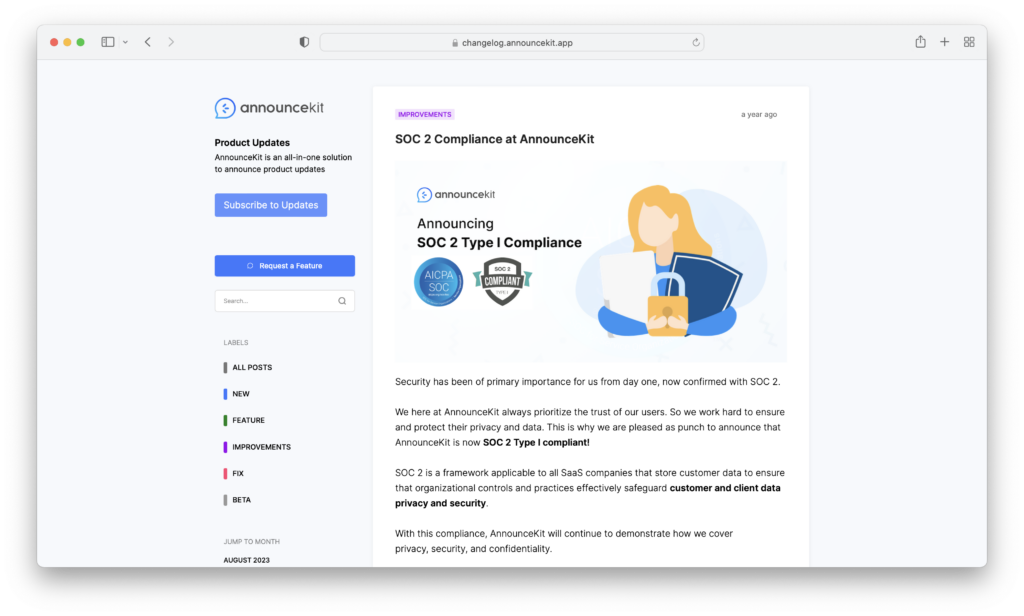
SOC 2 and GDPR compliances are one of the main certifications that can reinforce the trust-based relationship I mentioned.
If you possess these certificates, such institutions have given you their approval to maintain and protect confidential data. These certificates can build trust between you and your users; moreover, they can increase your conversion rates. How?
On the other hand, make sure that only relevant teammates have access to user data by placing restrictions within the team. You can easily track the security processes for a small group of workers.
4. The power of personalization🔌
I’m not going to quote you from psychology about how important it is for people to feel special. I am sure that every individual likes to feel special and that all behaviors that evoke this feeling have positive returns for individuals and institutions.
It’s not just about egotism but a profound human need to be acknowledged and valued. When businesses, especially in digital products, tap into this feeling, it often leads to mutual benefits for both the customer and the provider.
When it comes to SaaS products, one of the factors that will make your product stand out from tens, maybe hundreds, of competitors is how strong your product’s personalization muscles are.
But how we can do this? Begin by segmenting your user base. Understand that no two users are truly identical.
You can offer your users a personalized product experience on many topics, such as user interfaces, preferences-based recommendations, personalized content and messages, target notifications and alerts, pricing and different plan options, customer support, and customer success.
5. The best trend in SaaS growth for more than 15 years: subscription model 💳
Market dynamics sometimes follow user habits. Sometimes user habits change, and the actors in the market try to keep up with this change.
I’m not sure if the market actors or the user were the ones who started the change for the subscription model. But I’m sure that for end users, products that adopt the subscription model are more likely to be selected.
Start by understanding your target market and customer segments, and then define compelling value propositions for your subscription offer. Offer flexible pricing tiers and plans to meet different customer needs.
When you identify your target market and create different segments based on user profiles, you create plans based on a subscription model and offer different features at different prices. In this way, you have plans that can meet the needs of different users.
You can make changes to your plans based on the data. In this way, you can increase the transition between plans and positively change your MRR or ARR. By adopting the subscription model in the SaaS industry, it is possible to build continuous revenue and loyal customer relationships.
6. Show your customer product’s progress
Continuously improving your product is an indispensable way to compete with your competitors. These actions sometimes occur with new feature enhancements and sometimes with bug fixes.
Keeping your product up-to-date also means meeting your users’ needs.
A changelog is a page where all these developments and improvements are recorded. A potential user can follow the changes and improvements made to your product on this page. They can track how often you make updates and how often there are product changes.
Creating a changelog to show your users that you are constantly working on the product and aiming for better is very useful for building trust.
Moreover, while determining your product roadmap, you can think of it as your personal product diary, where you can follow all your work. Isn’t it to show product development processes one of the SaaS best practices? Yes, it is!
Key takeaways for SaaS best practices💡
Ultimately, our goal in SaaS growth is to unlock the true potential of our SaaS product and provide a great service for users.
You can take your product to the next level by creating a user-centric vision, constantly updating the product, responding to user needs, and giving due importance to issues that may affect the decisions of decision-makers, such as security or integration.
All you have to do is think like a user and be open to change by examining flows and processes. So, put on your customer’s shoes and take a tour of your product.
I’m sure you will find dozens of things that need to be improved in your product from this perspective.
Frequently Asked Questions
What is SaaS growth?
SaaS growth refers to the set of sales and marketing strategies for expansion and increase in user base, revenue, and reach of a Software-as-a-Service (SaaS) product or company.
Is the SaaS industry growing?
Yes, the SaaS industry is experiencing consistent growth, driven by the rising demand for cloud-based solutions. In fact, SaaS companies create almost 50% of the total software/digital market.
How fast is the SaaS industry growing?
The SaaS industry’s growth rate varies by region and segment, but overall, it has been showing double-digit growth percentages. In fact, the SaaS market size was valued at $260 billion in 2022 and is expected to double it by 2030.
What is the trend in SaaS in 2023?
The latest trend in August 2023 in SaaS growth is product-led growth, predictive lead scoring, and growth automation. All of these are supporting SaaS companies in terms of prioritizing leads and revenue-generating actions prioritization, hence revenue growth.

